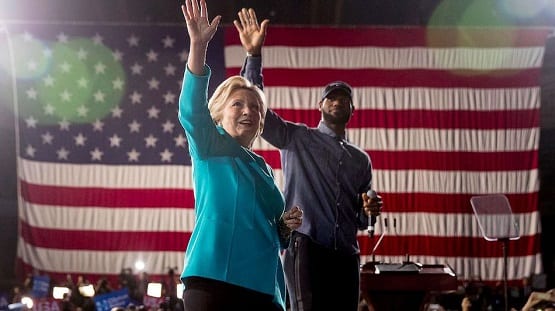Big Pharma’s business model is working great…for them. They are racking in billions getting people hooked on their drugs and then hiking the prices up 667% in some cases. According to ARS Technica, new drug-pricing data is showing massive and stunning hikes. One drug’s price has risen by a whopping 667%. This price hike is well over the cost of inflation. By law, drug makers are required to report their price increases quarterly. This is the first report from the new law and includes data on drugs that had price increases of 16% or more over their January 2017 prices. Drugmakers are also required to provide reasons as to why they’re driving up costs.1
Pharmaceutical companies continue to raise prices on hundreds of drugs at rates well over that of inflation, according to a newly released report on drug-pricing data.
The data was made public thanks to a mandate from a California transparency law passed in 2017. Under the law, drug makers are required to report their price increases quarterly. This is the first report from the law and includes data on drugs that had price increases of 16% or more over their January 2017 prices.
The hikes in these cases are to the wholesale acquisition cost, which is the list price for wholesalers—they may not reflect how much patients will pay out of pocket. Still, they can add to overall healthcare spending and drive up the costs of insurance.
Under the 2017 law, drug makers are also required to provide reasons as to why they’re driving up costs.
Between 2017 and the first quarter of 2019, drug makers reported hundreds of price hikes. The report focuses on trends for a little over a thousand drugs. The median price increase overall was 25.8%. Generic drugs, specifically, had higher increases, with a median rise of 37.6%.
But some drugs stood out for having exorbitant hikes, as Kaiser Health News pointed out. A liquid version of generic Prozac (fluoxetine) went from $9 to $69 just in the first quarter of 2019—a 667% increase. The reason given was new production costs.
Likewise, a generic medication for attention deficit hyperactivity disorder (ADHD) called guanfacine, went from about $29 to $87 in the first quarter of 2019, a more than 200% increase.
Guanfacine’s maker, Amneal Pharmaceuticals, also listed production costs as a reason for the hike, as well as “market conditions.”
The data shows that “even at a time when there is a microscope on this industry, [drug makers are] going ahead with drug price increases for hundreds of drugs well above the rate of inflation,” Anthony Wright told KHN. Wright is the executive director of the California advocacy group Health Access.
Wright noted that the new reporting offers progress toward making drug pricing transparent. But critics note that it still doesn’t reveal the true reasons drug makers are raising prices—whether there are drug shortages or changes in competition—and what the changes mean for patients.
The reporting also faces challenges. The drug-maker industry group, PhRMA, has filed a lawsuit to overturn California’s law. And earlier this month, the state of Nevada issued fines on drug makers for failing to comply with its drug pricing law, which passed in 2017.



